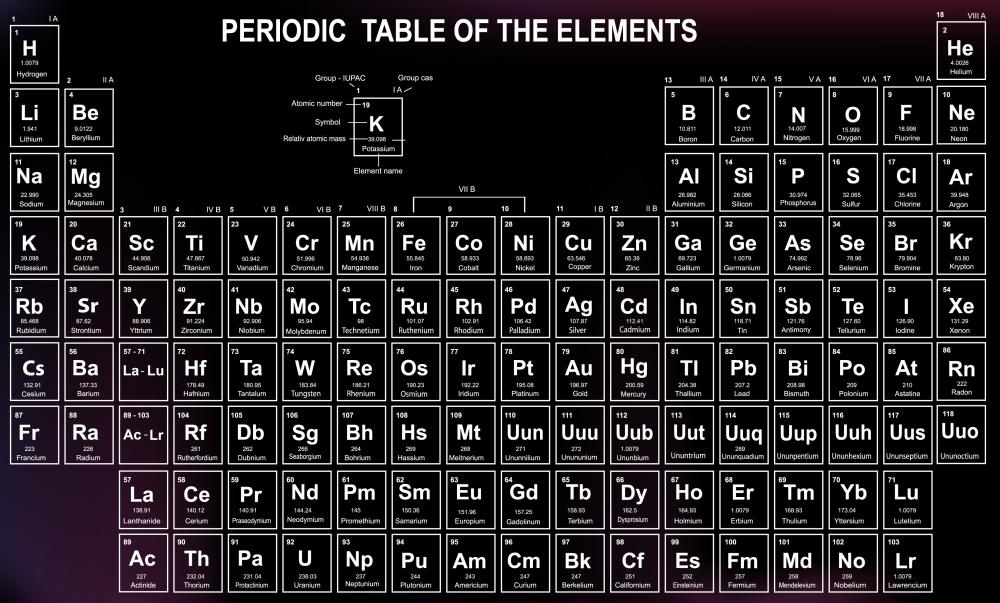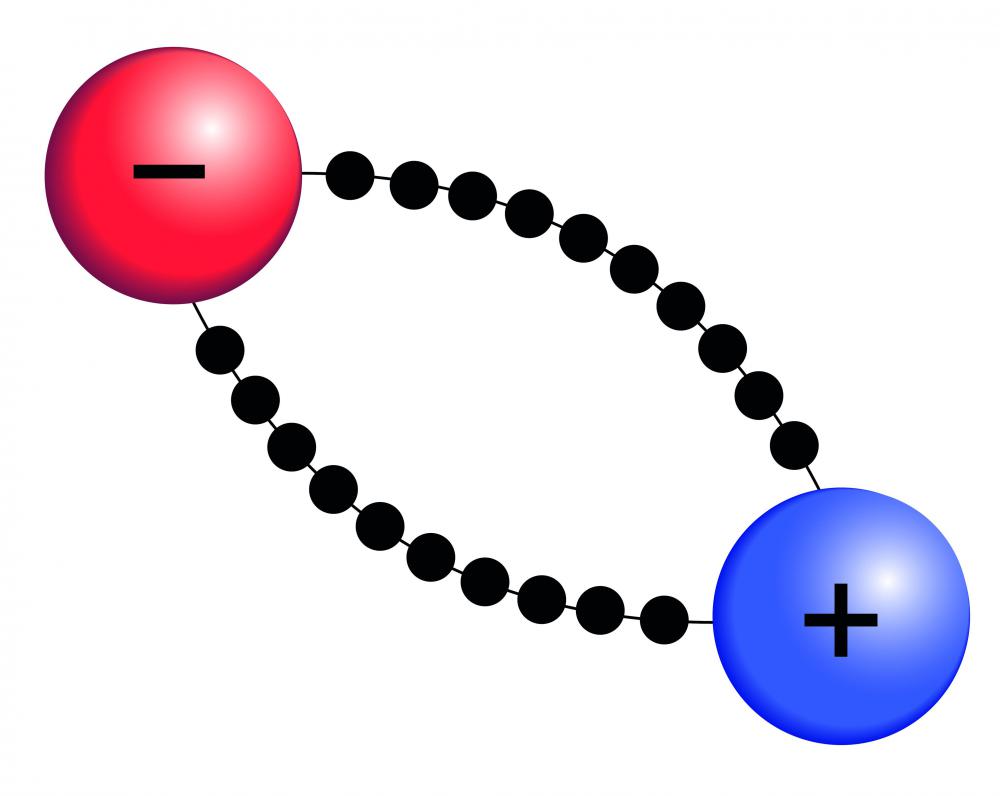At WiseGEEK, we're committed to delivering accurate, trustworthy information. Our expert-authored content is rigorously fact-checked and sourced from credible authorities. Discover how we uphold the highest standards in providing you with reliable knowledge.
What Is Ionization Energy?
Ionization energy, which is the amount of energy that is required to separate an electron from an atom, is important for physics and chemistry. By ionizing an atom, an electron is removed, and a positive ion is added, changing the entire structure of the atom. When ionized, the atom cannot make normal bonds, so it can be used for entirely different purposes, depending on the scientist's needs. Some atoms have different ionization energy levels, at which time the ionization is referred to according to the order of energy. The ionization has a special energy value called electronvolts.
Every atom has at least one electron, and this electron gives the atom a negative charge. To ionize the atom means to remove one or more electron to give the atom the positive charge of an ion. Adding an unspecified amount of energy to an atom will not yield proper results and can either lead to no electrons or too many electrons fleeing the atom. One way of calculating ionization energy is to run a current through the atom until it emits light.

The ionization energy is a measurement of how much energy is needed for one electron to crawl away from the atom. This occurs by applying a positive charge to the atom. When the energy is sufficient, the outermost electron will flee from the atom and will instead join the energy source. To keep the atom balanced, an ion will take the place of the missing electron, giving the atom a positive charge.

Some atoms have the same ionization energy for each electron, but others will have different energy levels for the electron. If there are different energy levels required, then it is referred to as the first ionization energy for the first electron, the second ionization energy for the second and so on until all the electrons are accounted for. If the energy level is the same, then the energy is referred to simply as ionization energy.
The amount of energy needed is measured in electronvolts. This measurement is the same amount of kinetic energy that the electron accumulates when it goes through the electric potential of one volt. When ionization was first discovered, regular volts were used to measure ionization, but this measurement is not as accurate as electronvolts.
The periodic table of elements groups the elements by many different similarities, such as the number of electrons or atomic size. Another grouping on the table is the amount of energy needed for ionization. For the elements more upward and to the right, more energy is needed than elements on the bottom left of the periodic table.
AS FEATURED ON:
AS FEATURED ON:












Discuss this Article
Post your comments